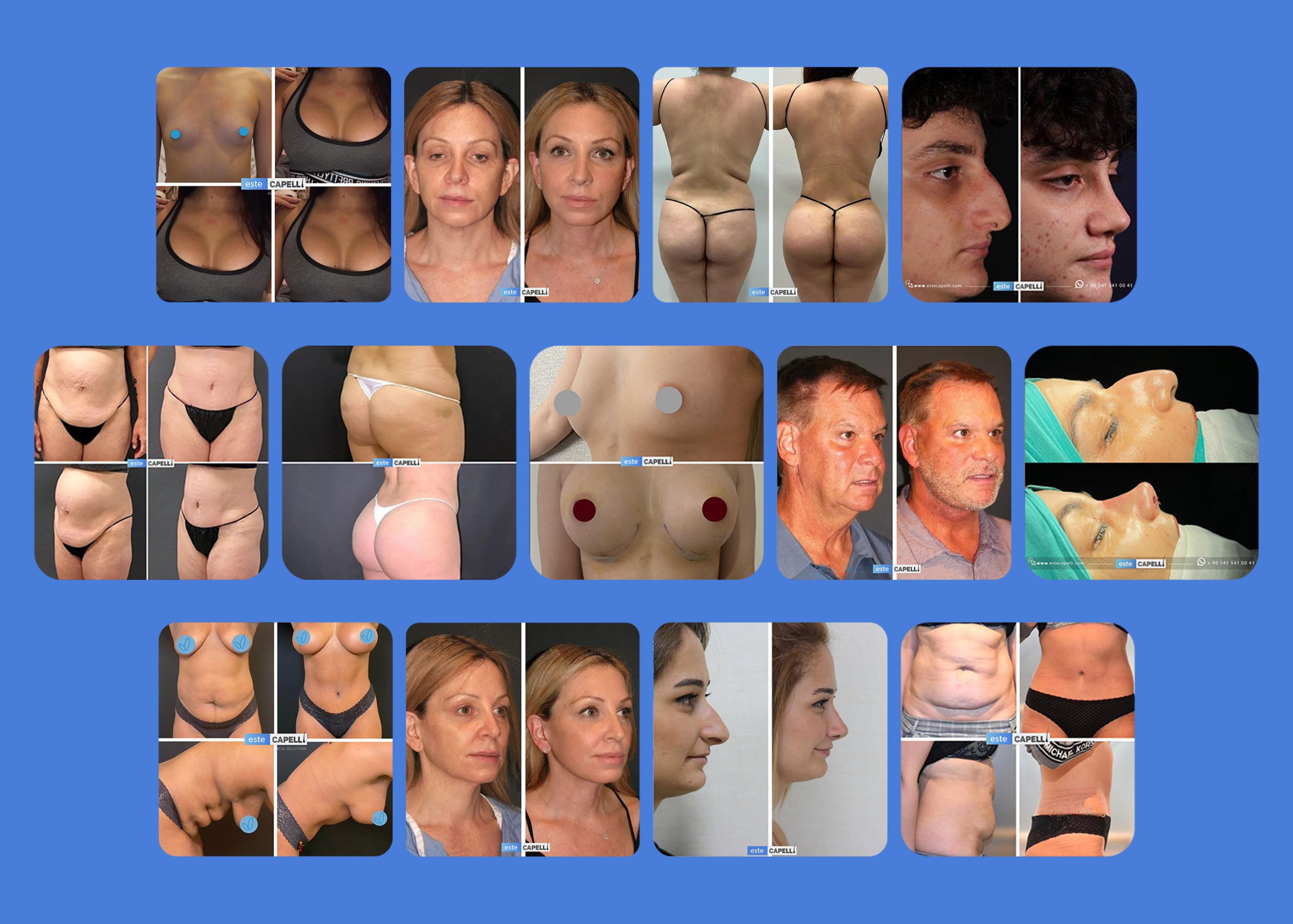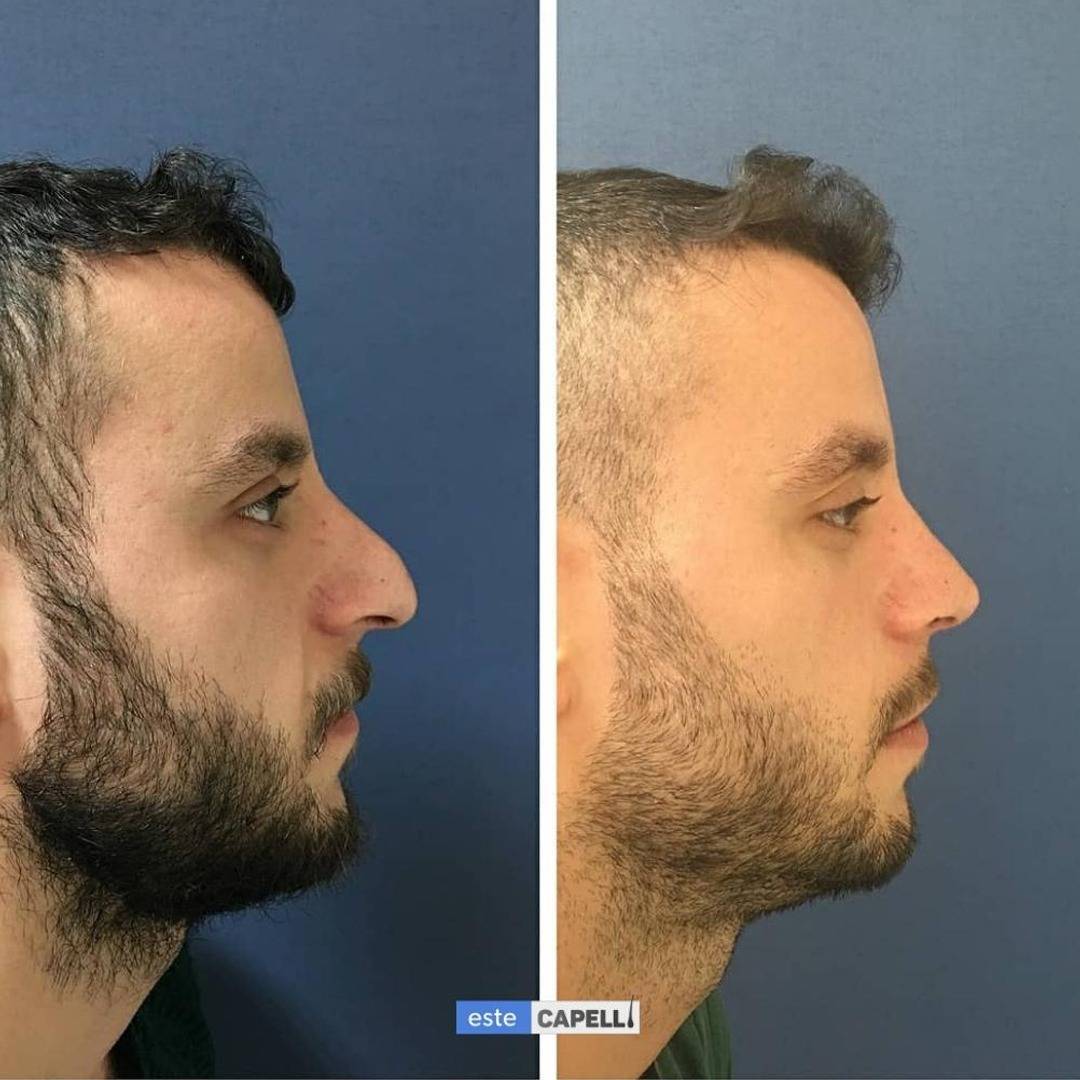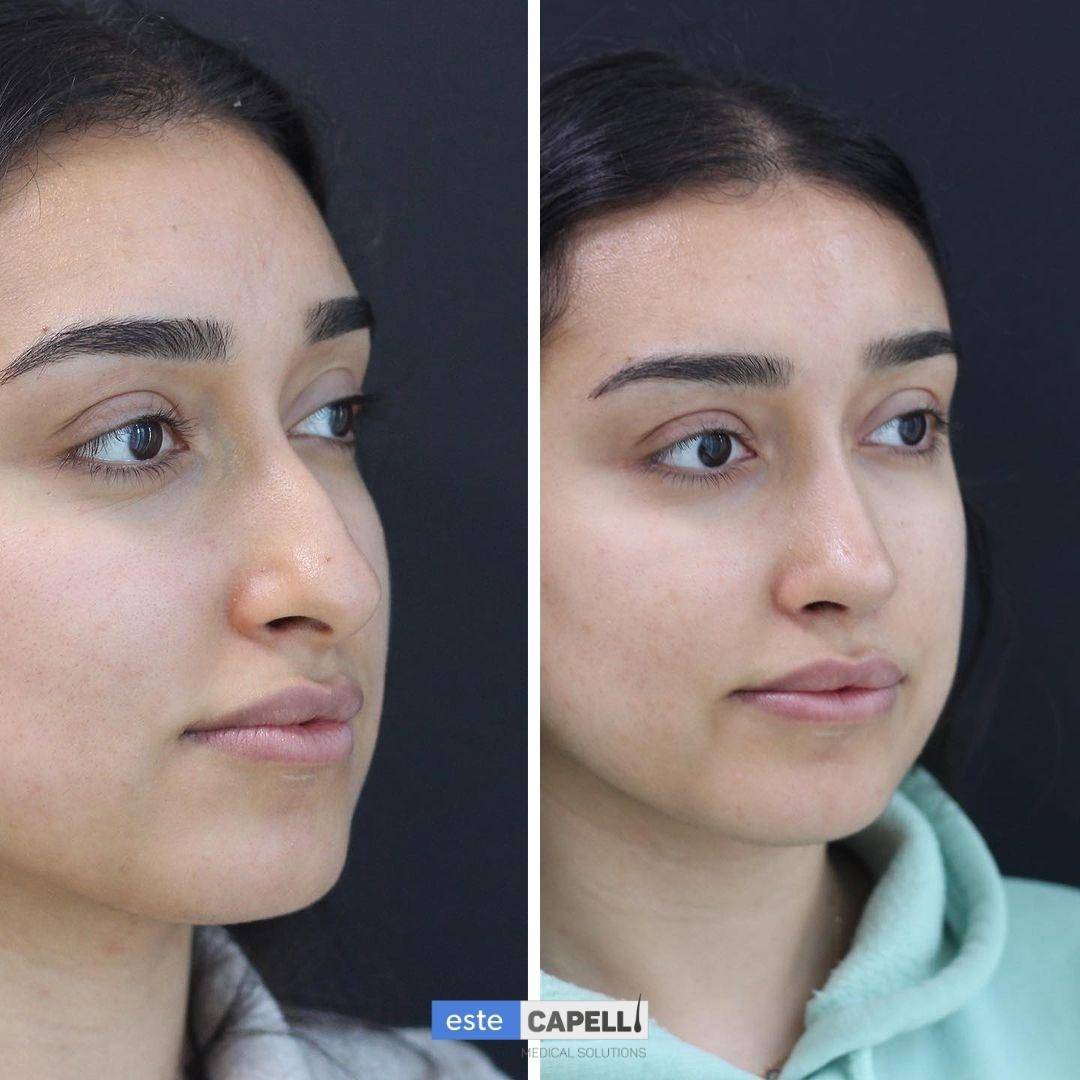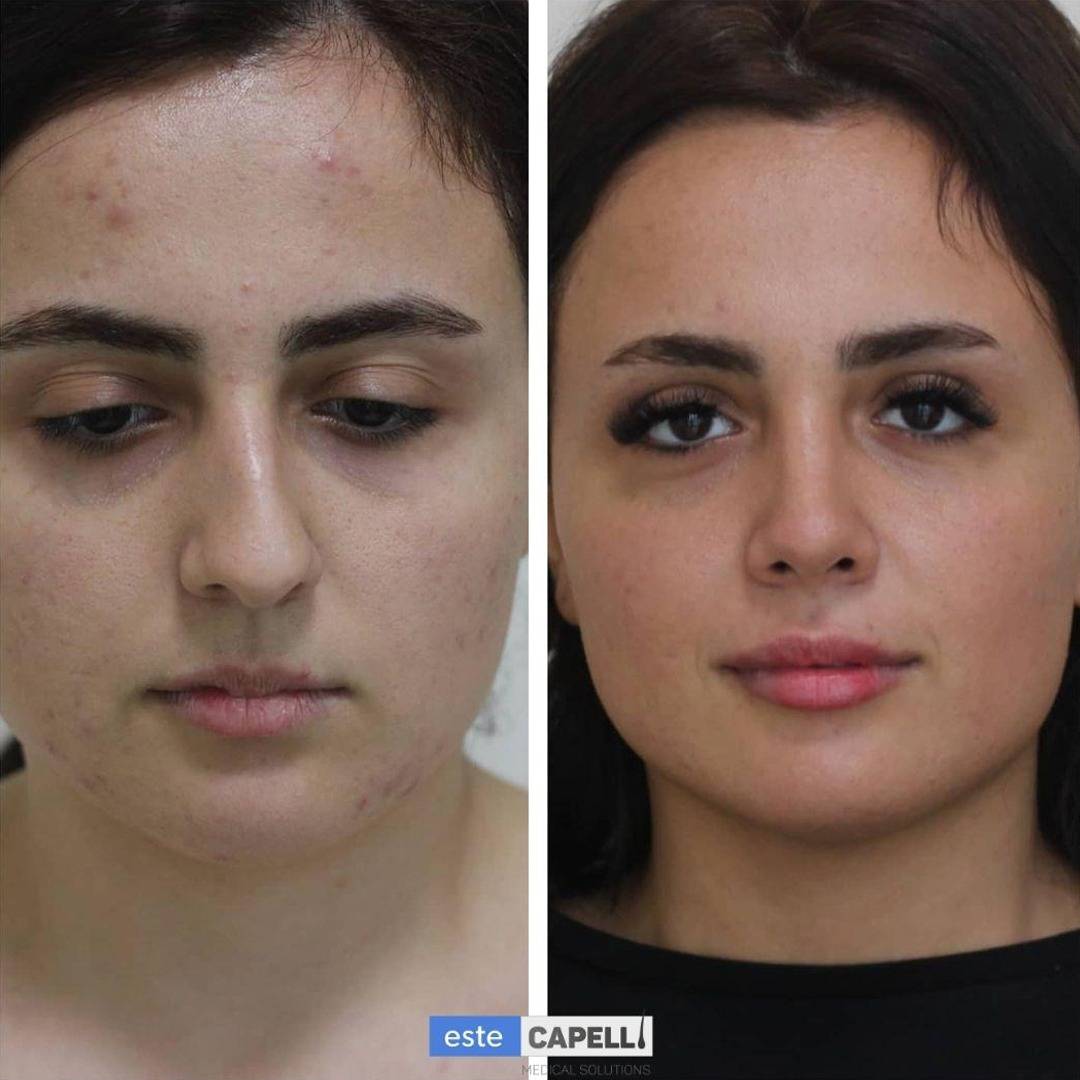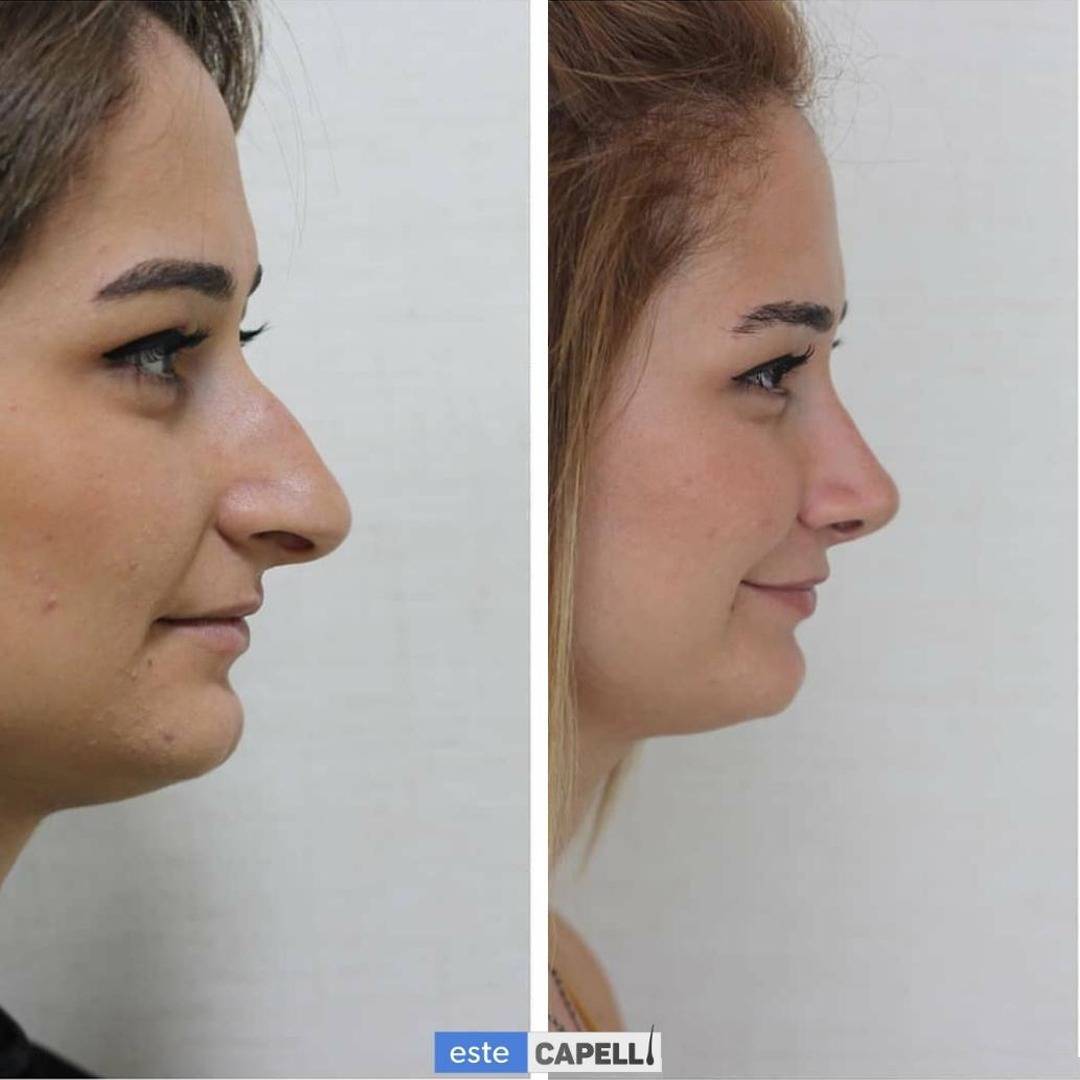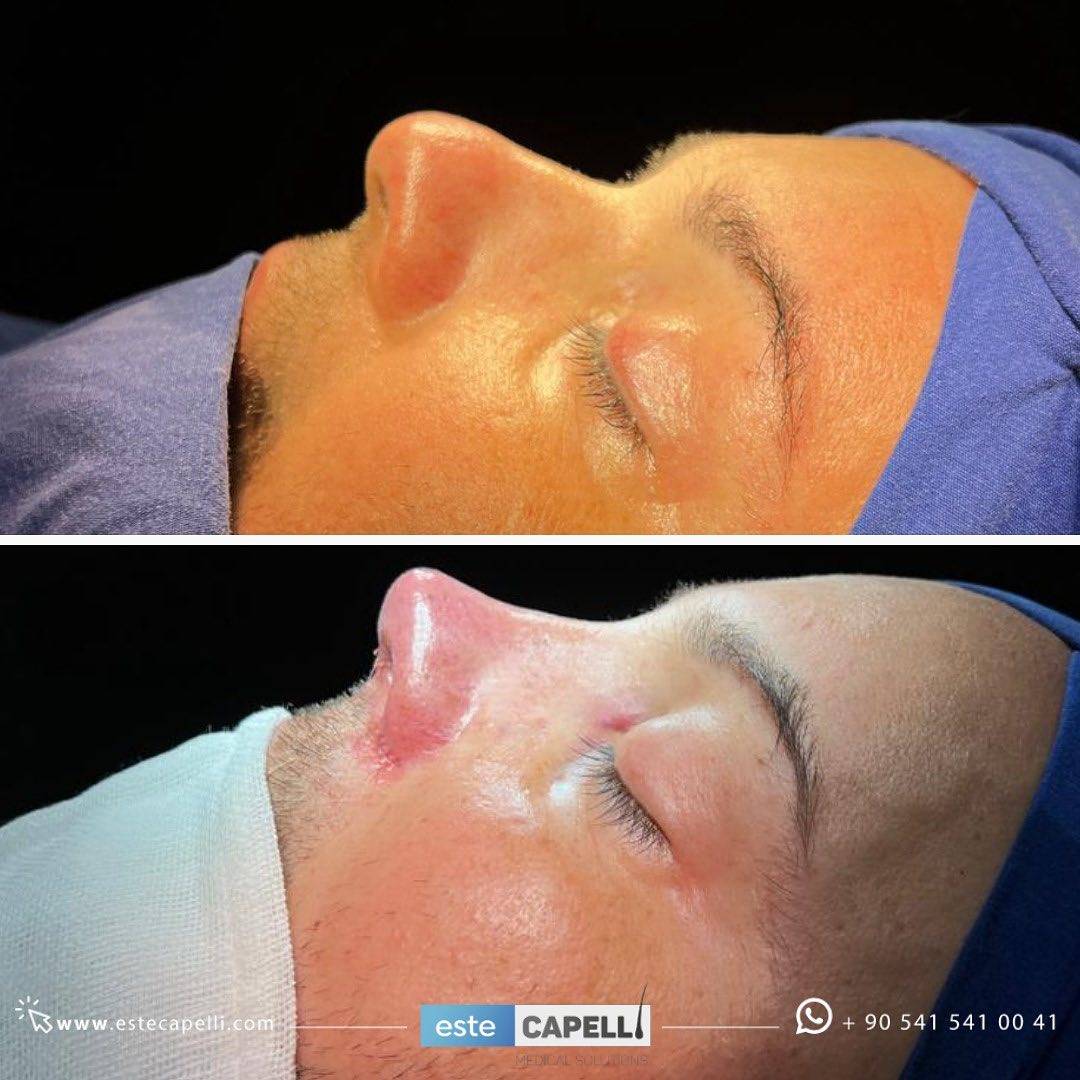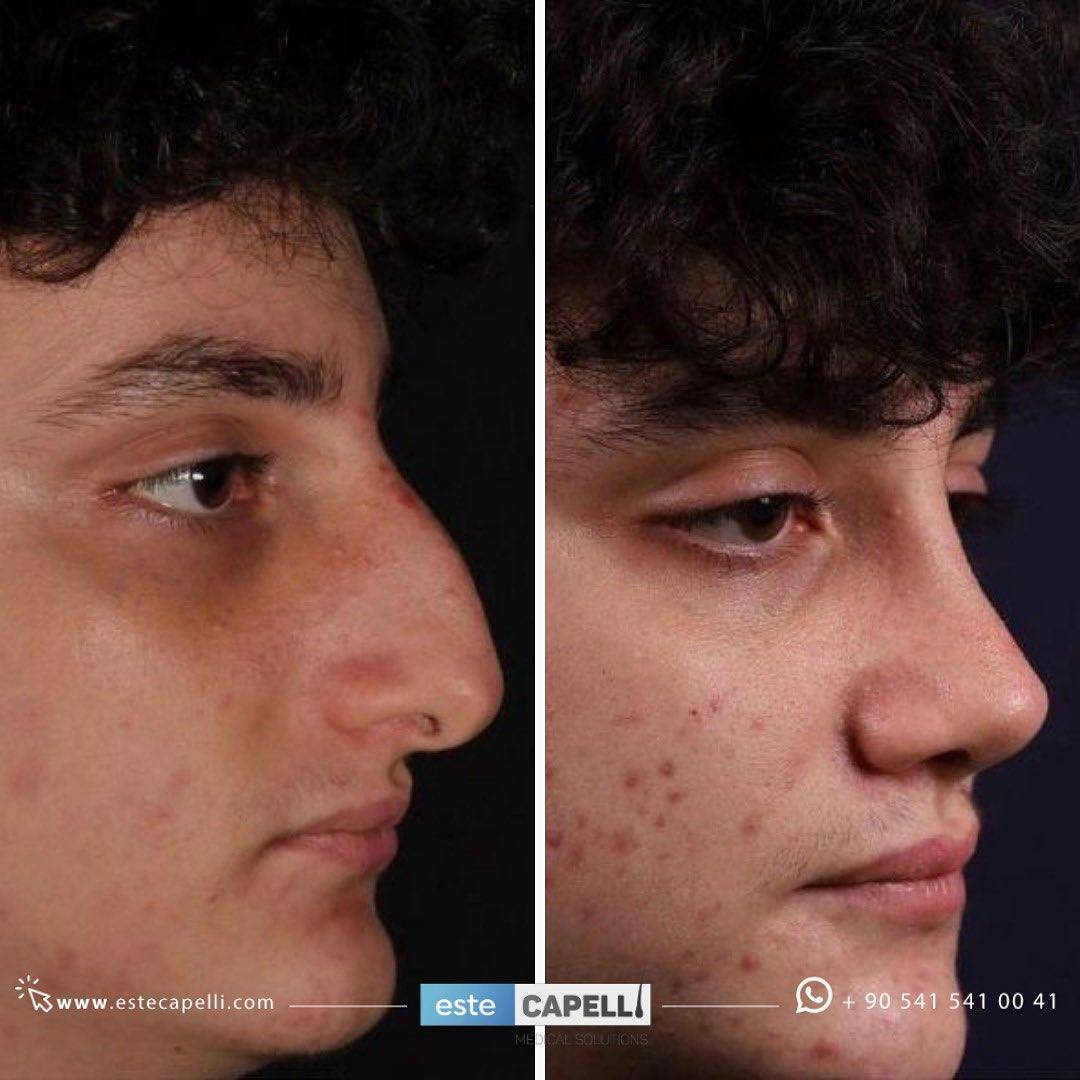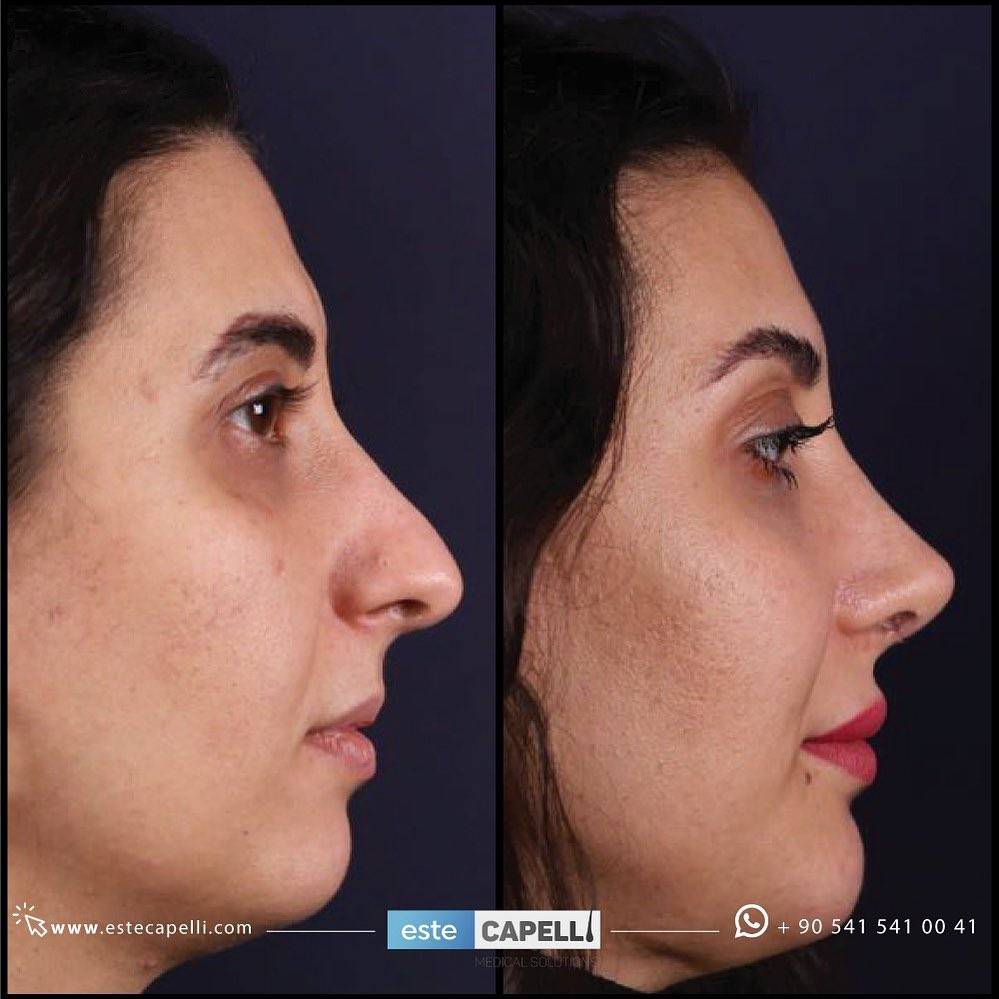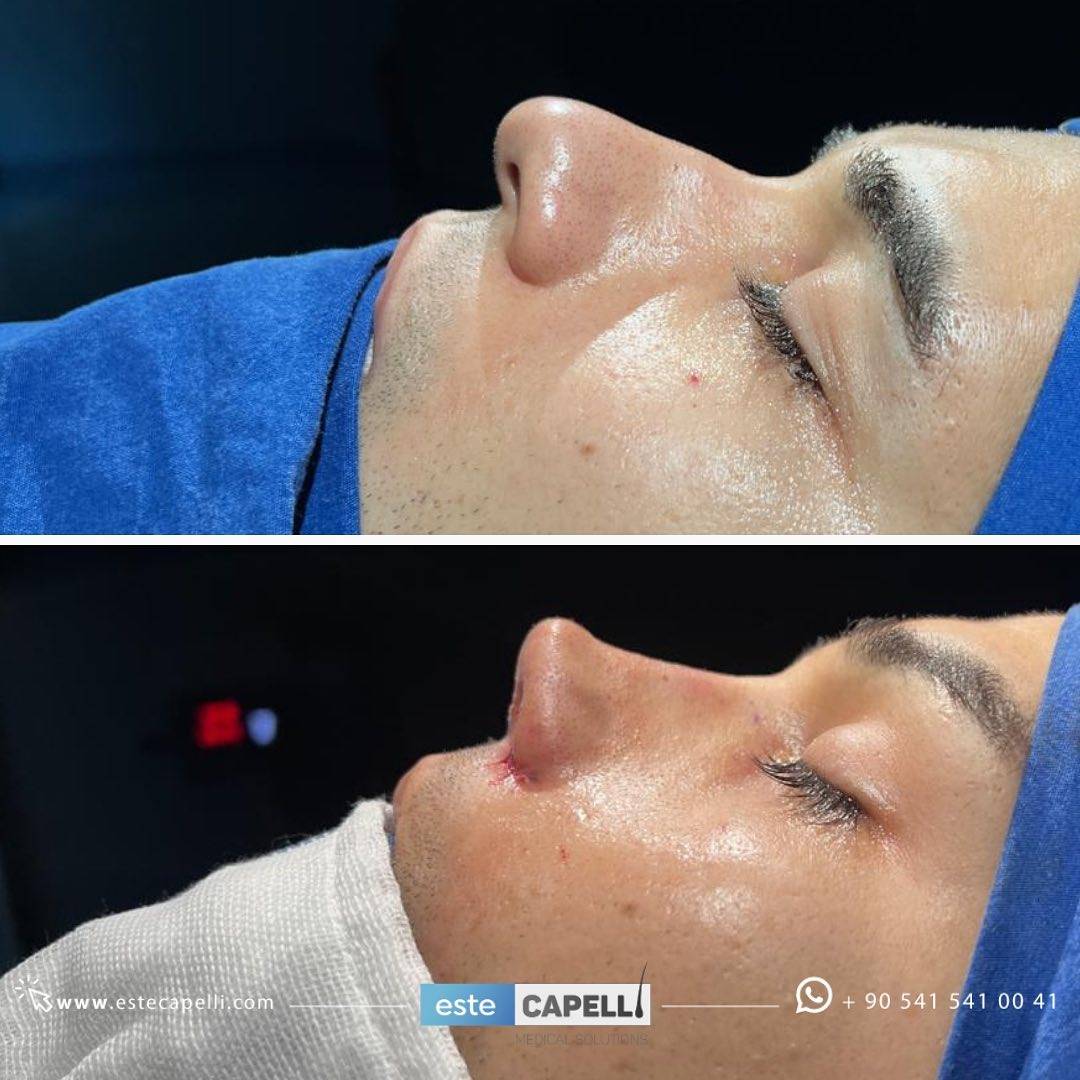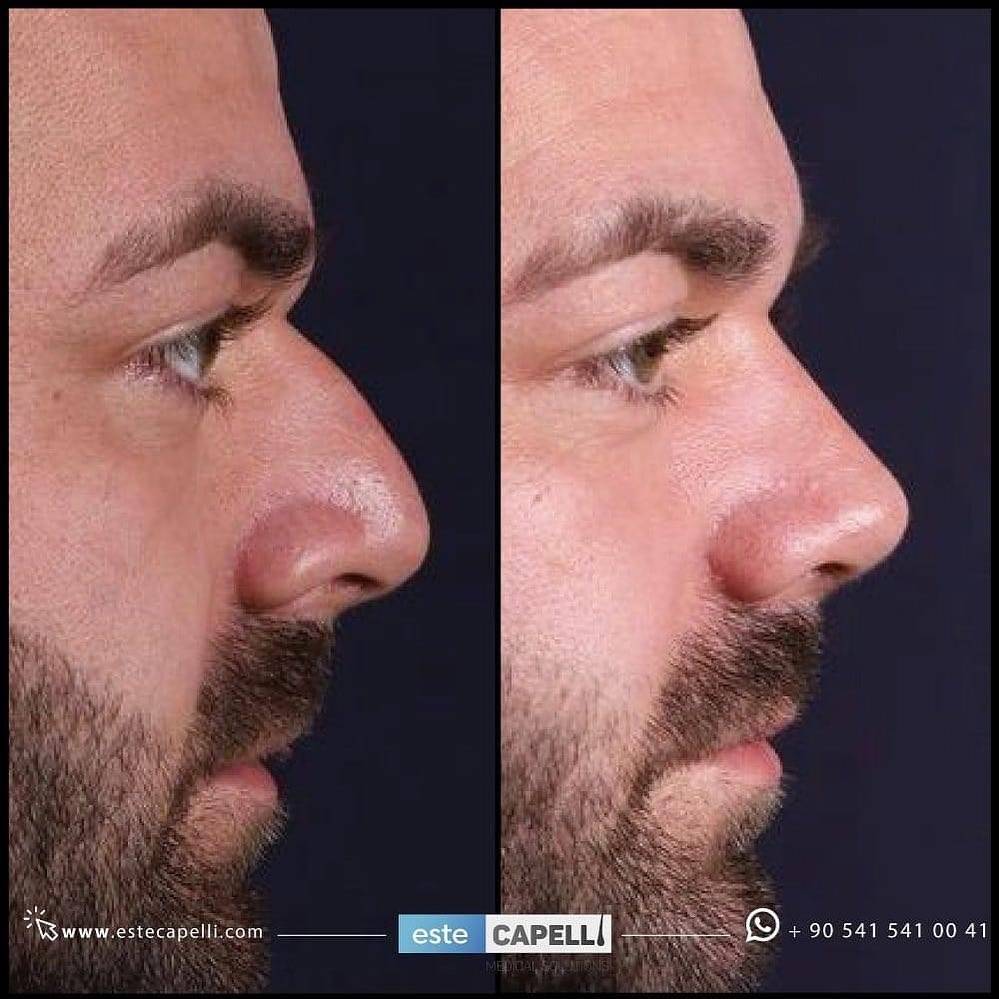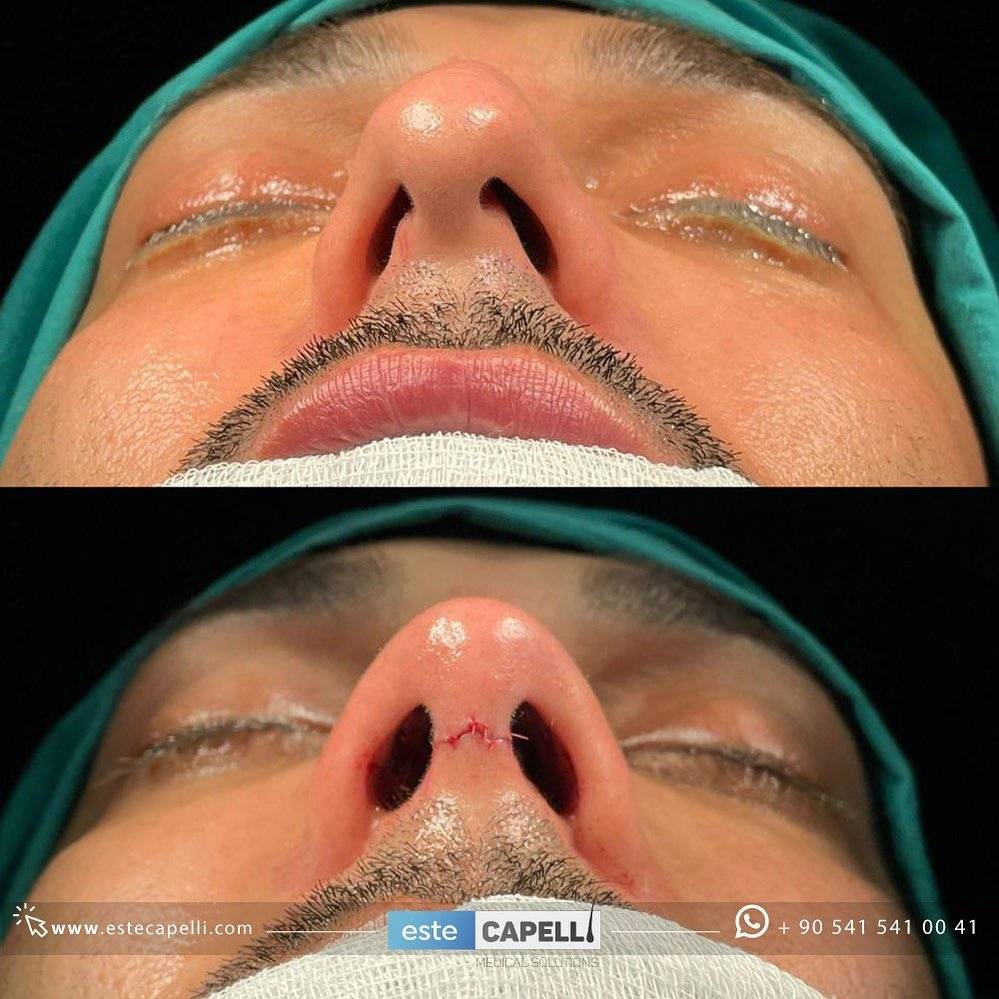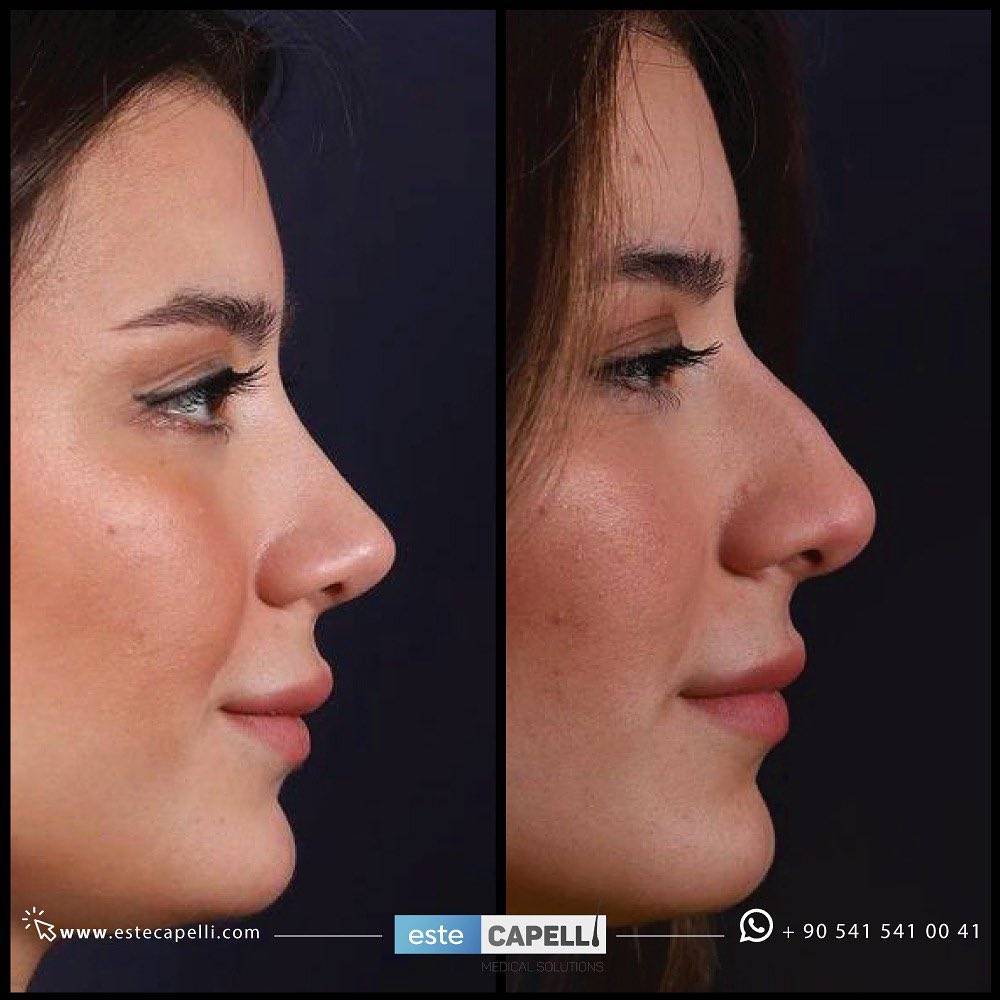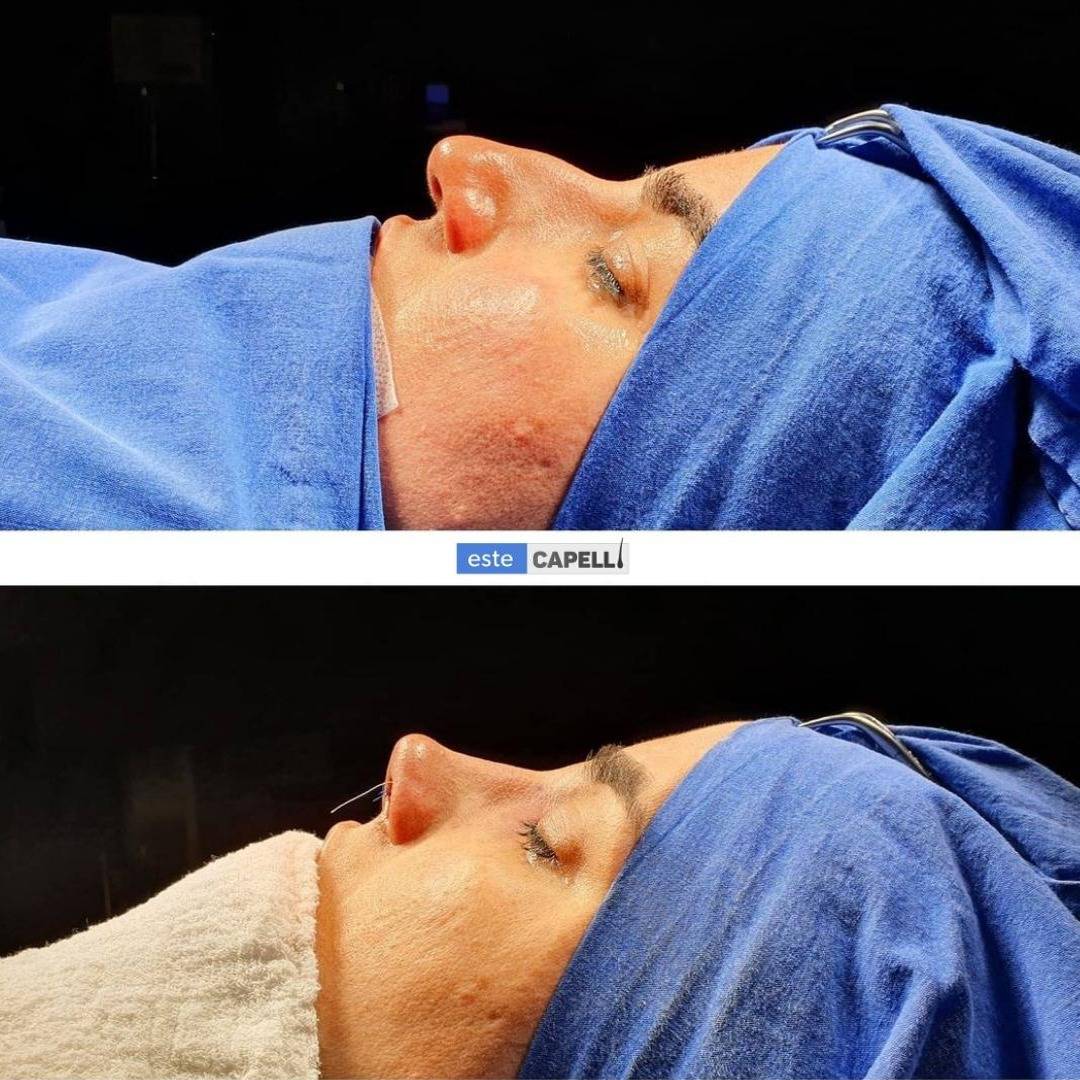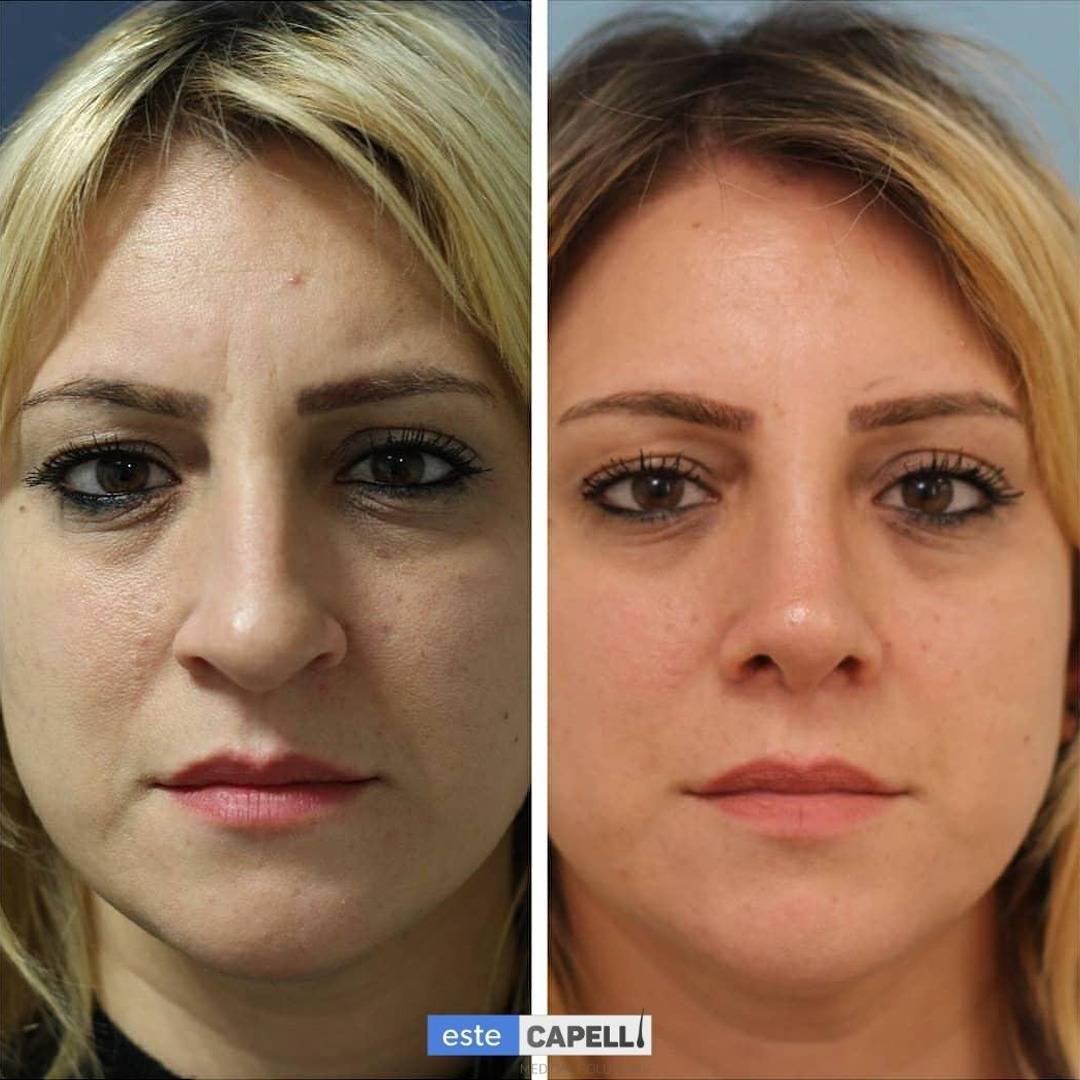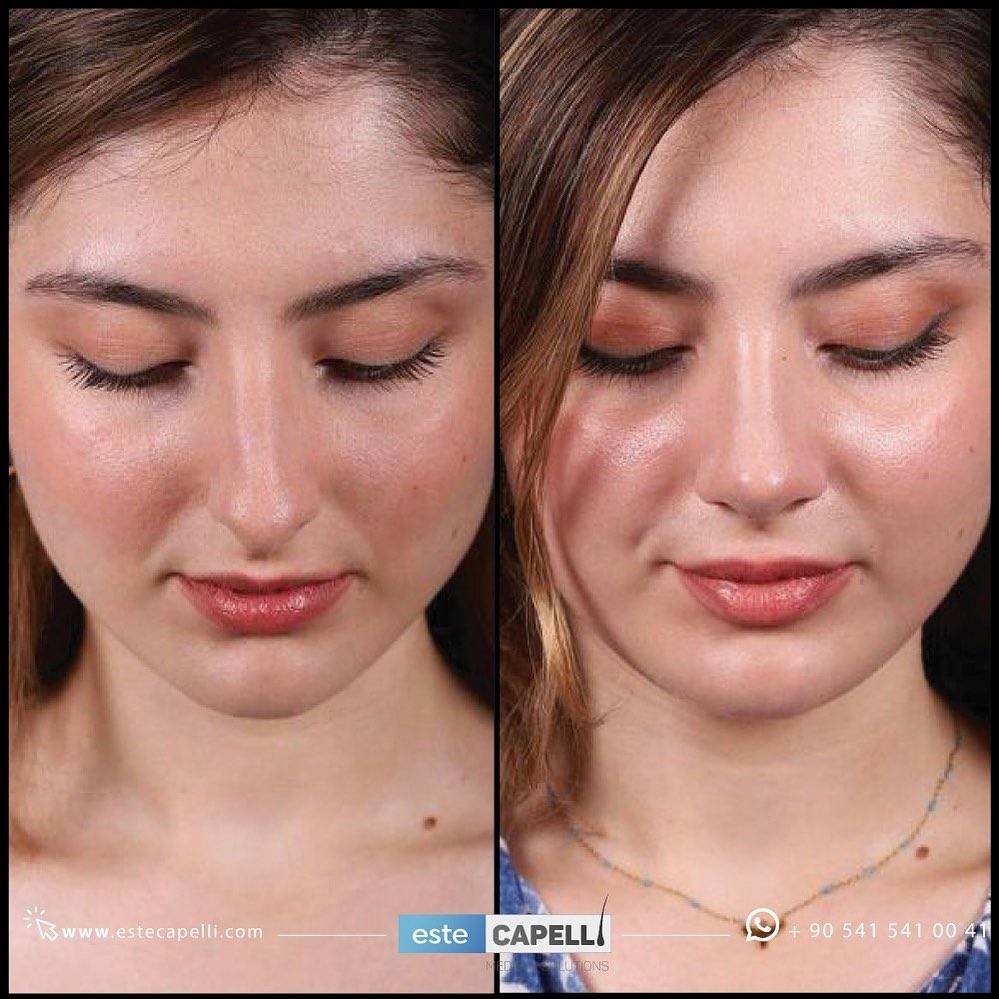
Rhinoplasty, commonly known as a nose job, is a surgical procedure aimed at altering the nasal structure. This operation can serve dual purposes. Initially, it may be performed to enhance facial harmony and the proportions of the nose. Subsequently, it also proves beneficial in rectifying impaired breathing caused by structural defects in the nose. The transformation through rhinoplasty can be substantial, affecting both the aesthetic aspect and functional capacity. Despite its complexity, the surgery remains a popular choice for those seeking improvements in these areas.
What is Rhinoplasty?
Rhinoplasty, a meticulous surgical intervention, reshapes the nasal framework which comprises both bone and cartilage. This procedure is tailored to the individual’s facial structure, considering the skin and desired alterations. Surgeons meticulously plan the operation to ensure harmony with other facial features and address any functional issues. Additionally:
- Adjustments to the bone structure.
- Refinement of the cartilage.
- Modifications to the skin.
Procedure Details
Operation Time
1.5-2 hours
Hospital Stay
1 day
Hotel Stay
7 days
Healing Time
7 days
Risks of Rhinoplasty
Undergoing rhinoplasty can introduce several risks, akin to other significant surgical interventions. Potential complications include unexpected bleeding, the emergence of infection, or adverse reactions to anesthesia. Additionally, rhinoplasty presents specific hazards:
- Difficulty in nasal breathing.
- Persistent numbness near the nose.
- Risk of an asymmetrical nasal appearance.
- Lasting pain, changes in skin color, or prolonged swelling.
- Visible scarring.
- Septal perforation, a condition marked by a nasal septum hole.
- The necessity for revision surgery.
- Altered olfactory perception.
On the other hand, according to a study published in the Aesthetic Surgery Journal, a review of 2326 primary rhinoplasty cases revealed an 83.6% satisfaction rate, with a higher approval observed in females. This gender disparity showed 87.6% of women content with their outcomes versus 56.1% of men. Dissatisfaction in men typically stemmed from issues like residual dorsal hump or a disproportionately small nose. Women, on the other hand, expressed concerns over similar issues, with the addition of a bulbous tip being a notable grievance. Interestingly, women were more articulate in expressing specific morphological or functional dissatisfactions post-surgery. This gender-based difference in satisfaction and communication highlights the nuanced expectations and perceptions of rhinoplasty results.
Patients must discuss the relevance of these risks with their healthcare provider to understand the implications for their situation.
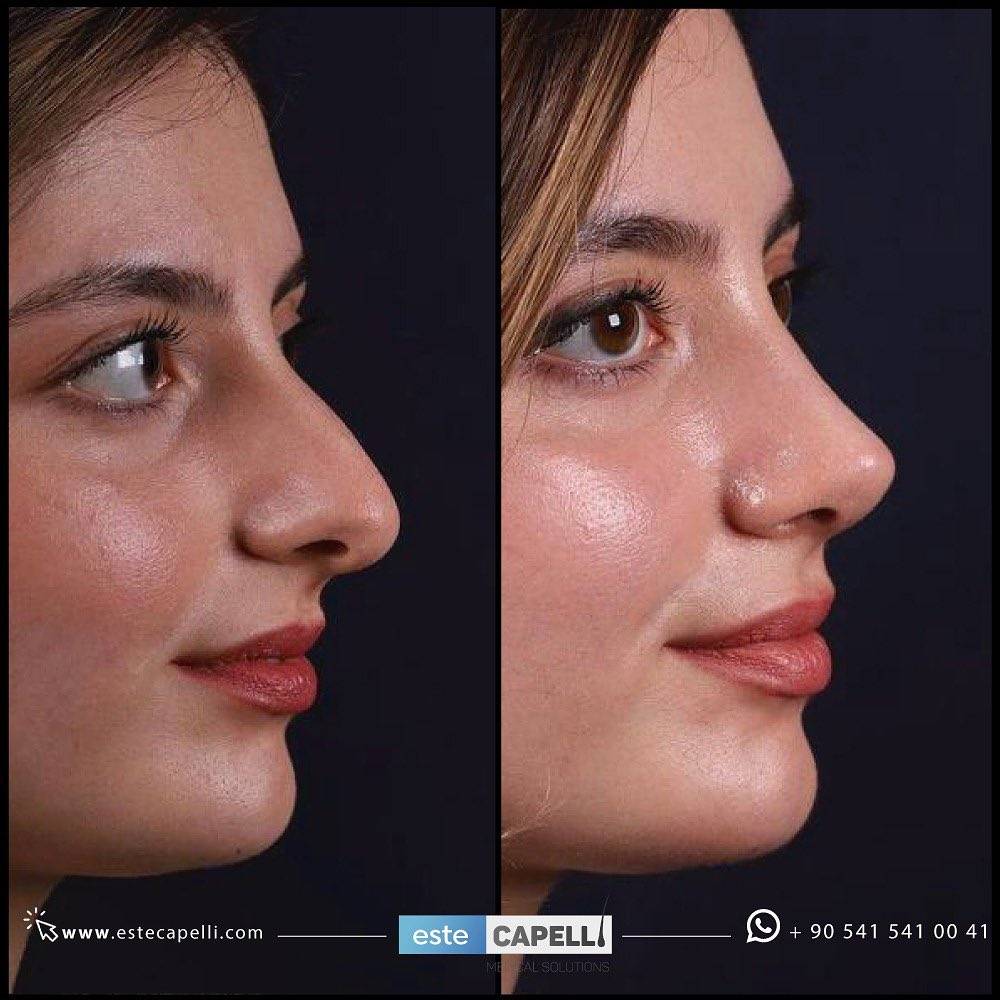
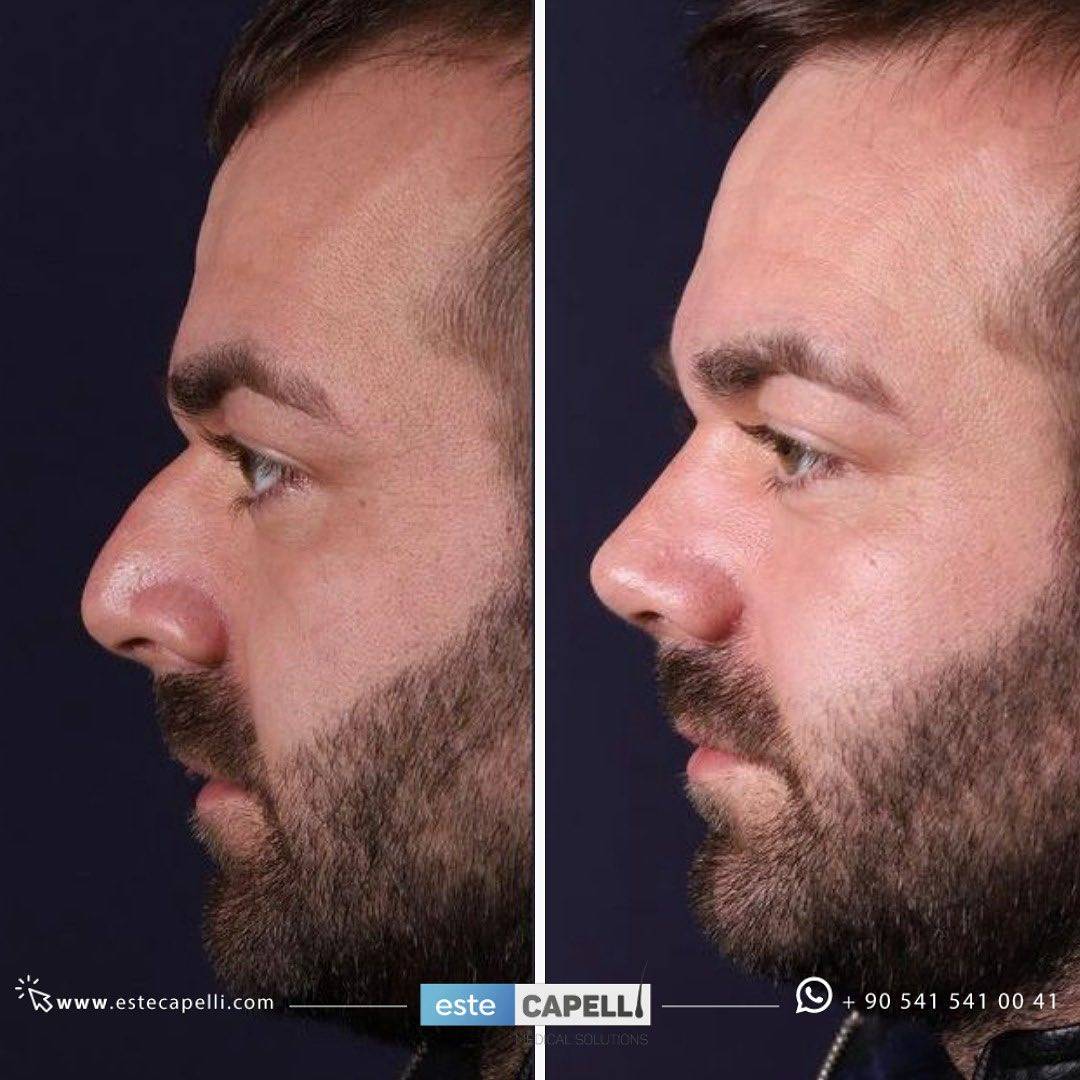
GET FREE CONSULTATION
What to Expect Before Surgery?
Prior to a rhinoplasty procedure, the patient will consult with a surgeon to discuss their suitability for the surgery. Essential to this evaluation is a comprehensive review of the patient’s medical background, highlighting any potential risks. The surgeon conducts a thorough physical examination to assess the nose’s structure and the patient’s overall facial features. Notably:
- Assessment of facial symmetry and nasal structure.
- Evaluation of skin thickness and cartilage strength.
These steps are critical to plan the surgical approach and to forecast the outcome realistically. Photos are taken for surgical planning and to facilitate a clear dialogue about the expected results. The patient’s expectations are aligned with achievable outcomes, ensuring clarity and understanding of the surgery’s potential. In cases where facial balance is a concern, chin augmentation might be proposed to enhance the facial profile. Post-surgery, arrangements for transportation and assistance should be made to ensure the patient’s safety and comfort.
During Surgery
In the realm of rhinoplasty, surgical customization is paramount, tailored to an individual’s unique structure and aesthetic desires. The process commences with anesthesia, ensuring comfort and immobility during the operation. Depending on the surgery’s complexity and the surgeon’s discretion, the type of anesthesia administered may vary. Options include:
- Local anesthesia with sedation, typically for outpatient procedures, involves numbing the nasal area and providing IV sedatives.
- General anesthesia, inducing a sleep state, is comprehensive, requiring a breathing tube.
The surgeon meticulously alters bone and cartilage through internal modifications or a discreet external incision. Utilizing various materials, from nasal cartilage to rib grafts, the nose’s architecture is reshaped. Should a deviated septum be present, correction is simultaneously addressed to enhance breathing. Post-operation, patients are vigilantly observed as they emerge from anesthesia, with discharge dependent on their recovery and overall health status.
After Surgery
Post-rhinoplasty care is paramount for recovery. Initially, patients should recline with their heads elevated above the heart to mitigate swelling and bleeding. Nasal congestion typically ensues, attributed to internal swelling and surgical splints. Such splints and internal bandages generally remain for one to seven days, with an external splint for about a week.
- Avoid strenuous activities like jogging.
- Opt for baths over showers while bandaged.
- Eschew nasal blowing.
- Sneeze and cough with mouth agape.
- Limit expressive facial movements.
- Consume fiber-rich foods to avoid constipation.
- Brush teeth with care.
- Choose front-fastening garments instead of overhead clothing.
Adhering to these guidelines can enhance healing and diminish the risk of complications.
Results of Rhinoplasty
The outcomes of rhinoplasty can be quite profound, as even millimetric adjustments to the nasal structure may result in noticeable enhancements. Typically, skilled surgeons achieve satisfactory results after the initial procedure. However, occasionally, further refinement is necessary. This decision leads to a subsequent intervention, contingent on a mandatory waiting period for the nose to stabilize post-surgery, often spanning a year.
Reflecting on this, actress Dianna Agron shared her own experience with rhinoplasty. After sustaining a nasal fracture twice, she underwent surgery. Initially secretive about her procedure, Agron later acknowledged her gratitude for the corrective surgeries that followed her injuries. Her journey underscores the transformative potential of rhinoplasty, affirming its ability to not only improve appearance but also to restore function.
How Much Does Rhinoplasty Cost in Istanbul, Turkey?
Rhinoplasty, commonly known as a nose job, is a surgical procedure with varying costs influenced by several factors. Understanding these factors can help in estimating the potential expense.
Surgeon’s Expertise and Reputation
- High-level expertise and a strong reputation often lead to higher fees.
- Surgeons with extensive experience generally charge more due to their refined skills.
Anesthesia Considerations
- The type of anesthesia used directly impacts the overall cost.
- Choices between general or local anesthesia can lead to different pricing.
Facility Fees
- Charges related to the hospital or surgical center are crucial in cost determination.
- These fees can vary based on the facility’s location and amenities.
Geographical Variations
- Location plays a significant role in pricing.
- Urban centers usually have higher costs compared to rural clinics.
Complexity of the Procedure
- Complex surgeries require more time and expertise, thus increasing the cost.
- The specific needs of each case can significantly influence the price.
Post-Operative Care
- Aftercare services and follow-up appointments may add to the total expense.
- Clinics differ in their charges for post-operative care.
Insurance and Financing
- Insurance coverage can greatly reduce out-of-pocket expenses.
- Various financing options might be available to make the procedure more affordable.
In conclusion, the cost of rhinoplasty is multifaceted, depending on the surgeon’s fees, anesthesia type, facility charges, location, procedure complexity, aftercare, and financial options. Potential patients should consider these aspects to estimate the cost accurately.
